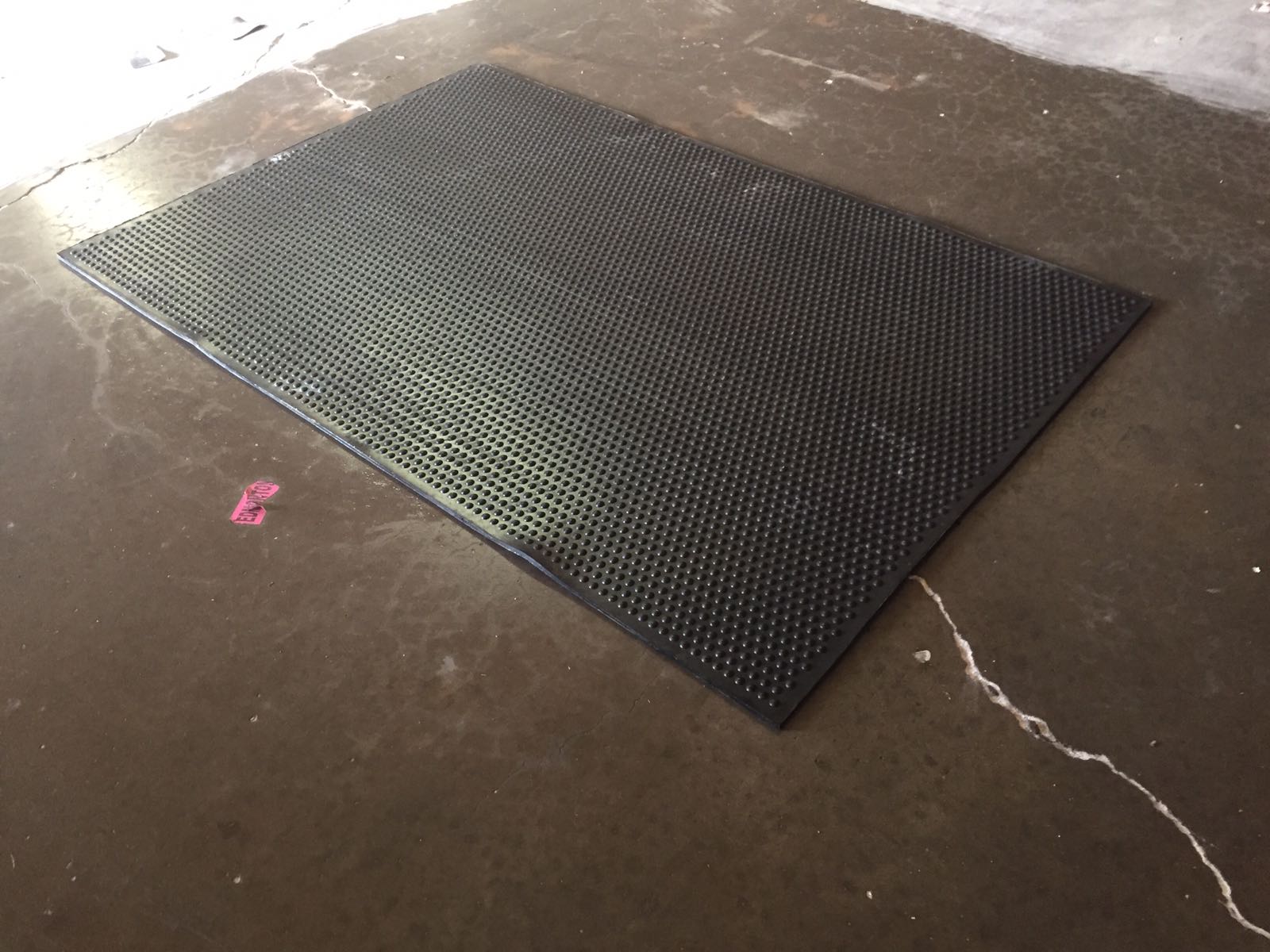Leaky windows are more than just a nuisance; they can lead to costly damages and energy inefficiencies in your home. In this guide, we’ll explore the signs, causes, and most importantly, quick fixes you can implement to address the issue promptly.
Signs of Leaky Windows
Before diving into solutions, it’s crucial to identify the signs of leaky windows. Look out for water stains, peeling paint, or mold growth around the window frame. If you notice a draft even when the window is closed, it’s a clear indication that there’s a leak.
Causes of Leaky Windows
Understanding the root causes is essential for effective fixes. Leaky windows can result from adverse weather conditions, poor installation, or aging window seals. Recognizing these factors empowers you to choose the right solution.
Importance of Prompt Repairs
Delaying repairs can lead to more significant issues, such as structural damage and increased energy bills. Addressing the problem promptly not only saves you money in the long run but also ensures a comfortable and energy-efficient home.
DIY Quick Fixes
Now, let’s explore some do-it-yourself quick fixes that anyone can implement with minimal tools and effort.
Using Weather Stripping
Weather stripping is a cost-effective solution to seal gaps around windows. It comes in various materials, such as foam and rubber. Applying weather stripping is a simple yet effective way to prevent drafts and water leaks.
To apply weather stripping:
- Clean the window frame thoroughly.
- Measure and cut the weather stripping to fit.
- Peel off the adhesive backing and press it firmly onto the frame.
Caulking Techniques
Caulking is another DIY method to seal gaps around windows. Silicone or latex caulk works well for this purpose. Make sure to choose a caulk that is suitable for both indoor and outdoor use.
To caulk effectively:
- Clean the area to be caulked.
- Load the caulk gun and cut the tip at a 45-degree angle.
- Apply a steady bead of caulk along the gaps.
Repairing or Replacing Window Seals
Window seals can deteriorate over time, leading to leaks. Inspect the seals and replace any damaged ones promptly. Most seals are easy to replace and can be found at your local hardware store.
To replace window seals:
- Remove the old seal carefully.
- Clean the channel thoroughly.
- Install the new seal by pressing it into place.
Window Film Installation
Window films provide an extra layer of insulation and protection against leaks. Choose a high-quality window film and follow these steps for installation:
- Clean the window surface.
- Cut the film to fit the window dimensions.
- Apply the film using a spray solution to prevent air bubbles.
Installing Draft Stoppers
Draft stoppers are affordable and effective in preventing cold air from entering your home. They come in various styles, including door sweeps and draft snakes.
To install a draft stopper:
- Measure the width of the window or door.
- Cut the draft stopper to the appropriate length.
- Place it along the bottom of the window or door to block drafts.
Professional Solutions
While DIY fixes are often sufficient, there are instances where professional assistance is necessary. If you have extensive window damage or lack the time and expertise, consider hiring a reputable window repair service.
When choosing a professional:
- Research local reviews and ratings.
- Obtain multiple quotes for comparison.
- Verify licenses and certifications.
Cost Considerations
Before deciding on a fix, consider the costs involved. While DIY solutions are budget-friendly, professional repairs may offer long-term benefits. Evaluate your budget and weigh the pros and cons of each option.
Benefits of Energy-Efficient Windows
Upgrading to energy-efficient windows not only addresses leaks but also enhances your home’s overall energy efficiency. These windows are designed to minimize heat transfer, resulting in lower energy bills and a more comfortable living space.
Maintenance Tips
Prevent future window leaks by adopting these maintenance tips:
- Regularly clean and inspect windows.
- Seal any visible gaps promptly.
- Schedule seasonal checks for wear and tear.
- Consider professional maintenance services for a thorough assessment.
Conclusion
Addressing leaky windows doesn’t have to be a daunting task. By understanding the signs, causes, and implementing quick fixes, you can protect your home from further damage and ensure a cozy, energy-efficient living environment. Take action today and enjoy the benefits of a leak-free home.
Frequently Asked Questions (FAQs)
- How do I know if my windows are leaking?
Look for water stains, peeling paint, or drafts around the window frame. These are common signs of window leaks.
- Can I fix window leaks myself?
Yes, many window leaks can be fixed with simple DIY solutions such as weather stripping, caulking, and replacing window seals.
- When should I seek professional help for window leaks?
If you have extensive window damage or lack the time and expertise for DIY fixes, it’s advisable to seek professional assistance.
- Are energy-efficient windows worth the investment?
Yes, energy-efficient windows not only prevent leaks but also contribute to lower energy bills and improved home comfort.
- How often should I perform window maintenance?
Regularly clean and inspect your windows, and schedule seasonal checks for wear and tear to ensure optimal performance.





